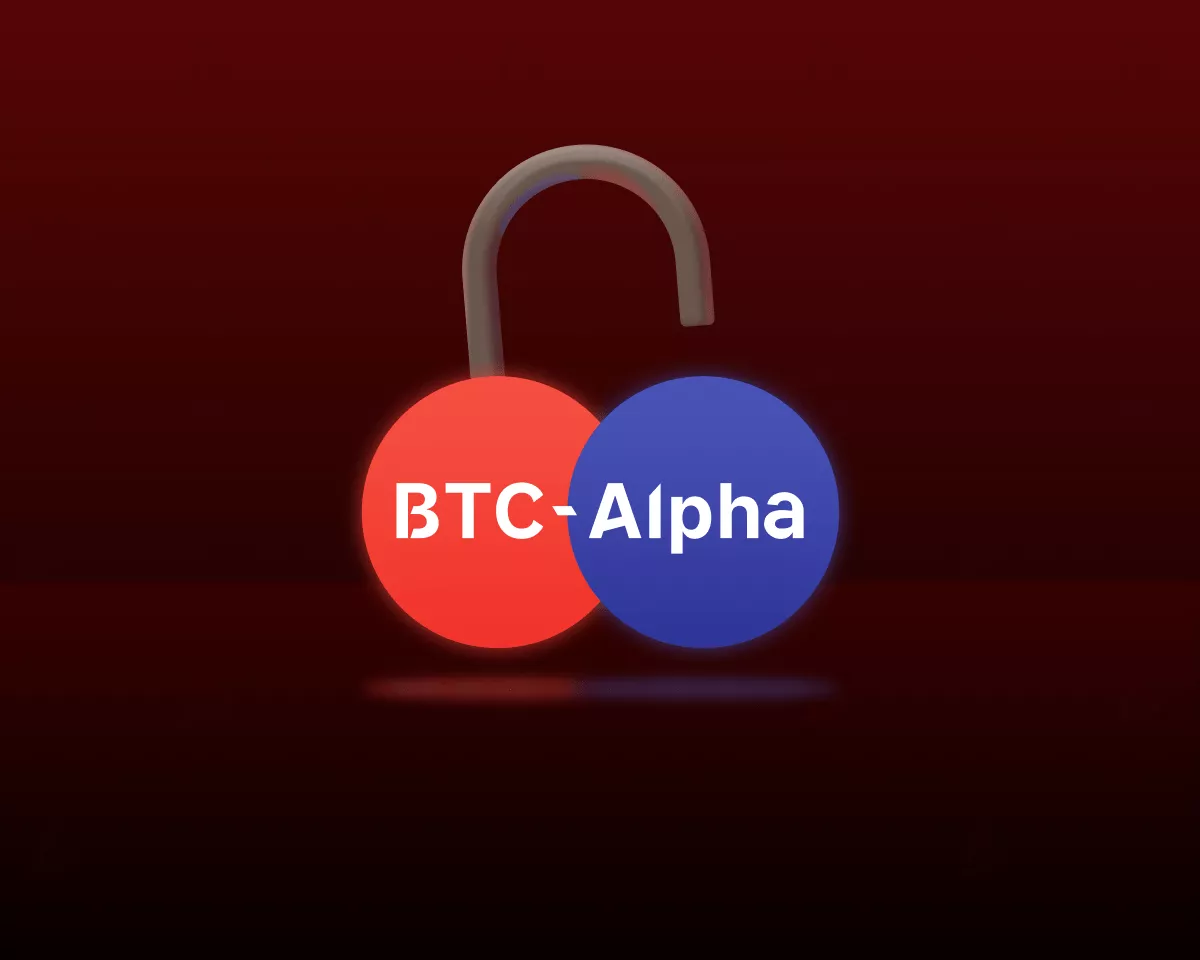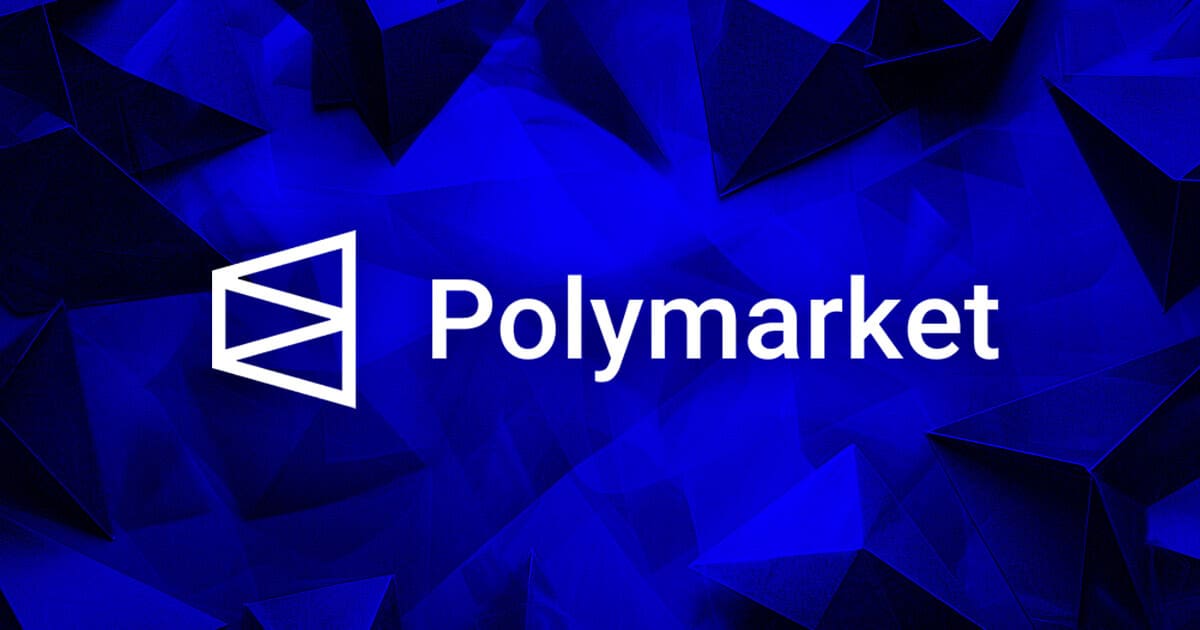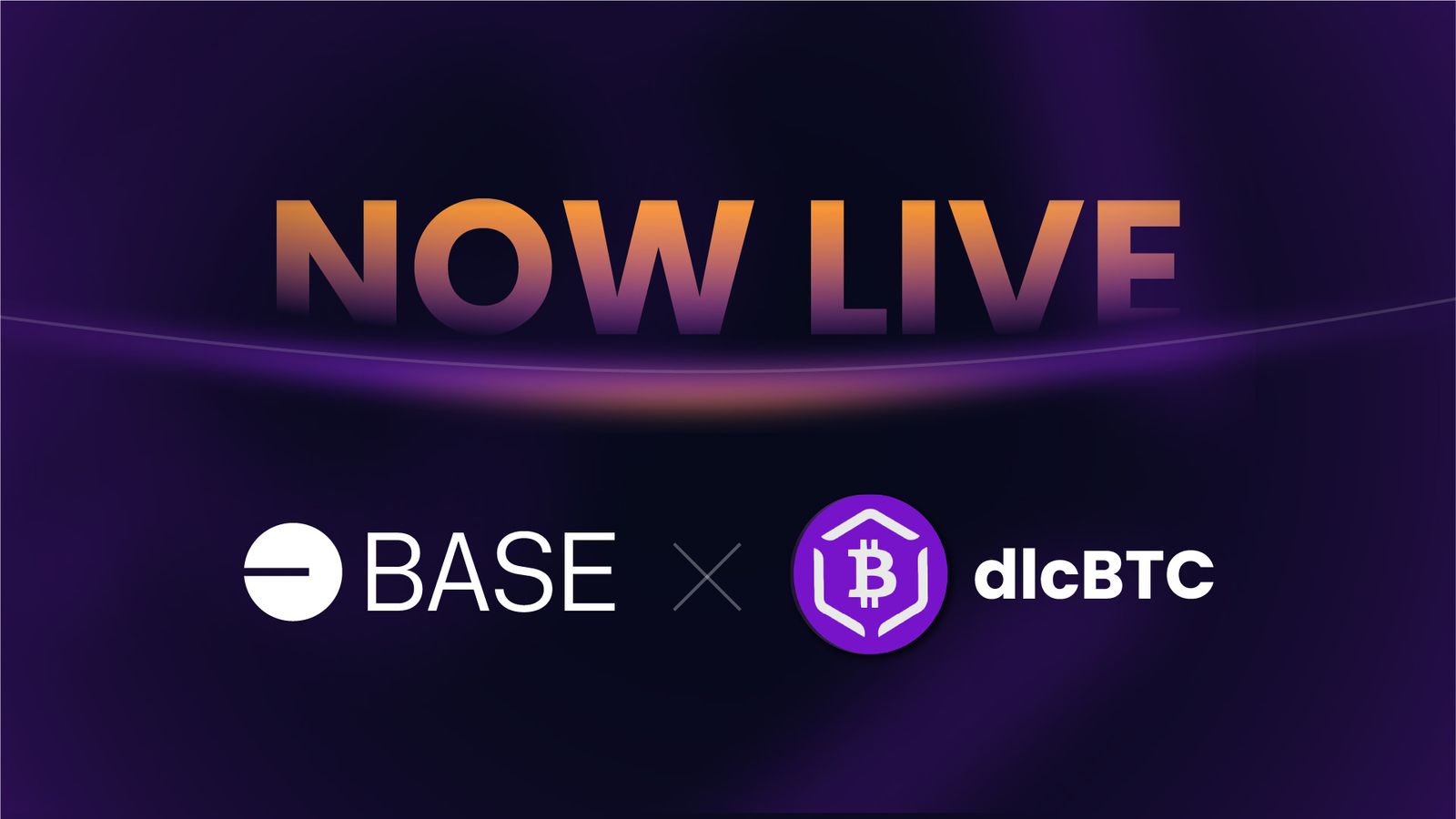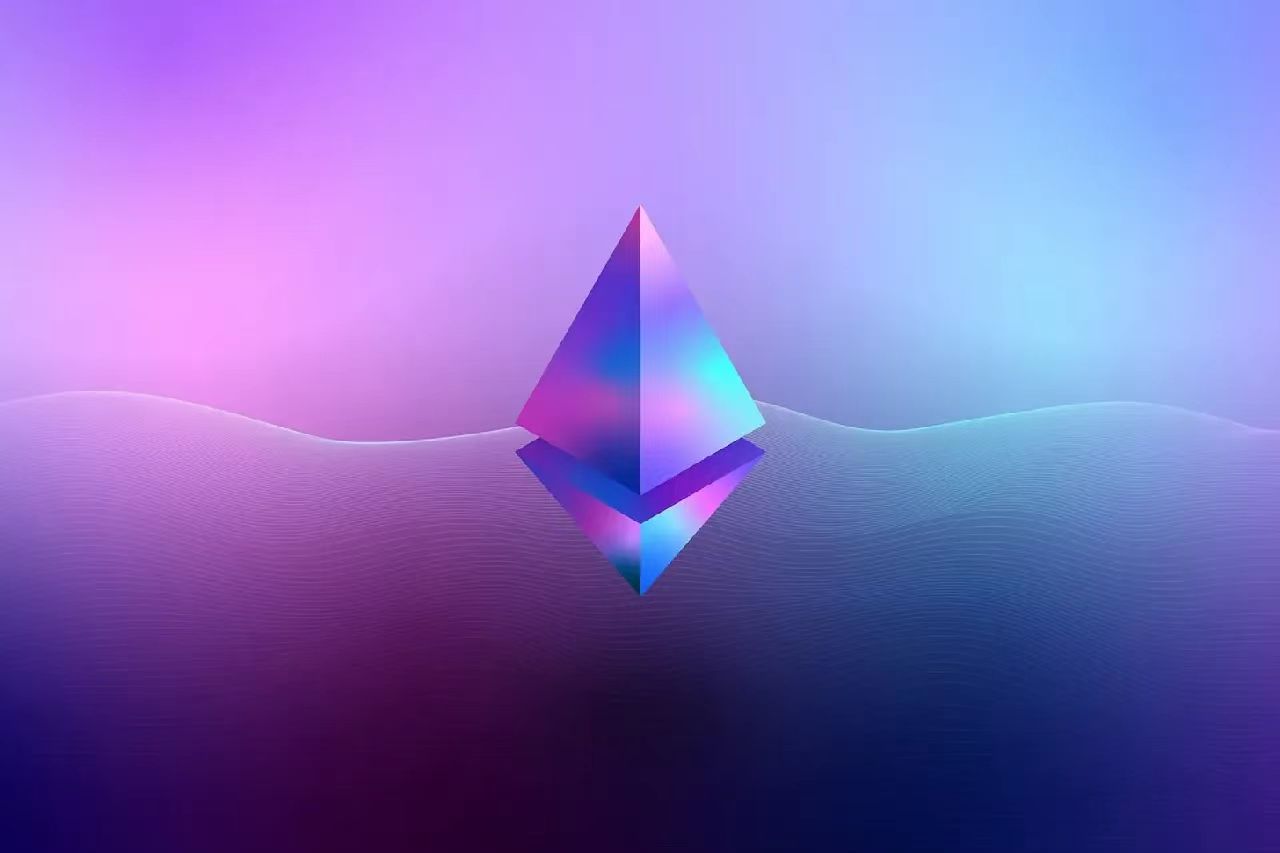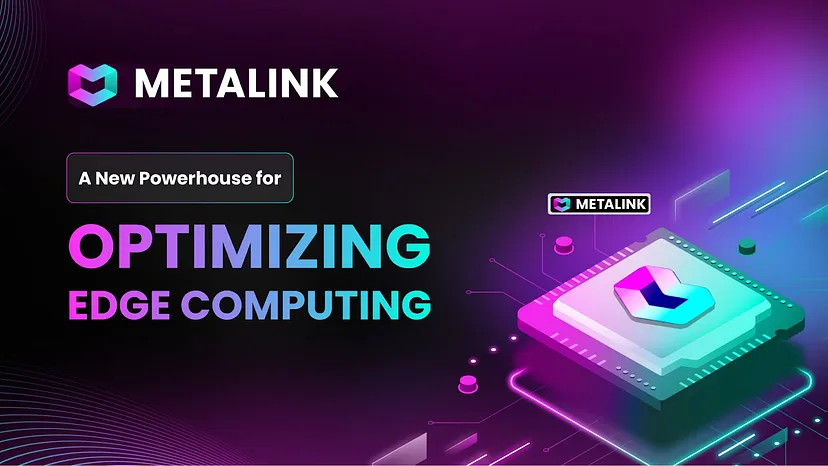For the security of the PoS ecosystem, the scale and decentralization of node staking are usually decisive factors. With the rise of the liquidity derivatives staking (LSD) track, the utilization rate of funds for users participating in PoS node staking has not only been greatly improved, but also the threshold for users to participate has been greatly reduced.
The early LSD market mainly revolved around the Ethereum ecosystem, and the trend of monopoly and centralization continued to intensify, which also made the development of the PoS consensus mechanism gradually deviate from its original intention. On the other hand, as more and more protocols based on the classic LSD and LRT models continue to face the market, this has further led to the gradual involution of this field. However, the lack of innovation and difficulty in achieving differentiated competition have further led to a steady flow of funds to the head protocols.
In this context, LSP Protocol is creating a new paradigm in the field of liquidity derivatives staking based on an innovative node slicing solution, and solving the various difficulties faced by the current PoS ecosystem in the direction of node staking.
LSP: Redefining the stake of liquidity derivatives
In the classic LSD model, users usually stake funds into the LSD protocol and receive the return of LST assets of equal value, and continue to earn income through farming (such as continuing to stake in the LRT protocol) to improve the utilization rate of funds. From the perspective of the model alone, the classic LSD model has a certain risk of death spiral, and users may face more cumbersome steps to participate in staking. For example, after participating in LSD staking, I need to further stake LST assets across platforms or farm to further gain benefits.
At the same time, the classic LSD protocol or LRT protocol is usually built on the bottom layer of the PoS chain, and can usually only serve a single PoS ecosystem, and generally does not have multi-chain interoperability. The LSP protocol is redefining this track through a new design.
One of the innovations of LSP Protocol is that it is built on the bottom layer of OmniVerify Chain, which means that the protocol itself can establish extensive interoperability with all PoS ecosystems based on OmniVerify Chain, and in theory can provide liquidity staking services for all PoS ecosystems. Demanders only need to access LSP Protocol through the underlying interface of OmniVerify Chain, and support users to participate in liquidity staking.
From the perspective of the node slicing scheme itself, when users stake assets to LSP Protocol, thanks to the interoperability of OmniVerify Chain, the node will directly stake the assets to the corresponding PoS network, and the contract will automatically generate node assets and return certificates to the network stakers after slicing. Users only need to hold node slice assets to obtain incentives in the corresponding PoS network, without having to perform staking operations in other protocols. Node slice assets themselves have liquidity and can be traded in LSP Protocol. Users can also directly purchase slice assets to capture income, better join and exit without facing the risk of death spiral.
Of course, the LSP protocol itself will also develop a series of applications based on OmniVerify Chain to serve node slice assets to maximize users’ income from the LSP protocol.
OmniVerify Chain itself is Turing complete, which means that developers can develop a series of applications based on the bottom layer, and the network will launch modular PoS services to support developers with PoS network startup and long-term operation requirements, and the ecosystem directly captures PoS resources from the network to promote the balance of PoS ecological resource development.
As the LSP Protocol faces the market, it is also pushing the track towards a new paradigm.
Built by a top financial team
The LSP protocol itself is backed by a solid technical team and operation team. The technical team has many years of experience in DeFi product development, including DEX, lending and synthetic assets. The technological innovation of a single product has attracted hundreds of millions of dollars in TVL, and many technical members including CTO have served as judges for hackathon activities many times. In the operation team, the CFO, CMO and CEO are from New York University, Columbia University, etc., and have extensive experience in the traditional financial field. They work for Wells Fargo, top institutions in major financial centers such as London, Zurich, Tokyo and Singapore, and mainstream financial institutions such as UBS, GIC (sovereign wealth fund) and Deloitte.
Among them, CMO Steven has been deeply exploring the crypto industry since 2017, and has led the growth of many well-known crypto projects from 0 to 1. He is also a key role in leading these projects to obtain financing, and is actively promoting the LSP protocol to better enter the market. CEO Michael has 20 years of rich experience in risk management in the traditional financial services field, and is introducing these experiences and resources into the crypto industry, which will also pave the way for the long-term development of the LSP protocol.
In addition, in addition to the strength, aura and deep resources of the team members, LSP has currently established cooperation with a series of ecosystems including Manta, capturing a large number of active and sticky users. With the support of the points airdrop activity, the number of registered users of the LSP protocol has exceeded 350,000. With the upcoming cooperation with Aleo and other ecosystems, and the opening of points mining activities, the user scale of the LSP ecological community will be further expanded.
Ecological development plan
The LSP protocol has planned the development of the ecosystem at the beginning, and the ecosystem is currently developing at the pace of early planning. At present, the functions that have been realized include LSP has launched a series of functions such as trading and entrusted stake of node slice assets, and launched a points airdrop system. Around Q3 2024, the LSP protocol will further launch a re-stake system to provide more derivative scenarios for node slice assets.
At the same time, the LSP protocol also plans to complete two rounds of financing in 2024. The first round of financing is still under negotiation, and an investment intention will be reached soon. The other round of financing will occur at the end of the year. Financing activities represent the overall positive momentum of the ecosystem and are expected to bring more users and partners to the ecosystem, which will be seen as a positive.
The expectation of potential financing activities may also indicate that LSP tokens may be launched to the market in the future and continue to strengthen the market’s expectations for the market valuation of LSP tokens.




